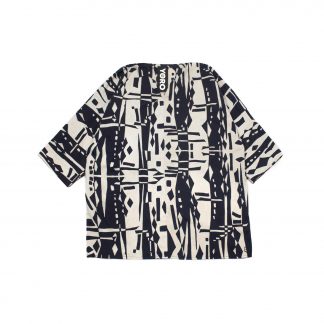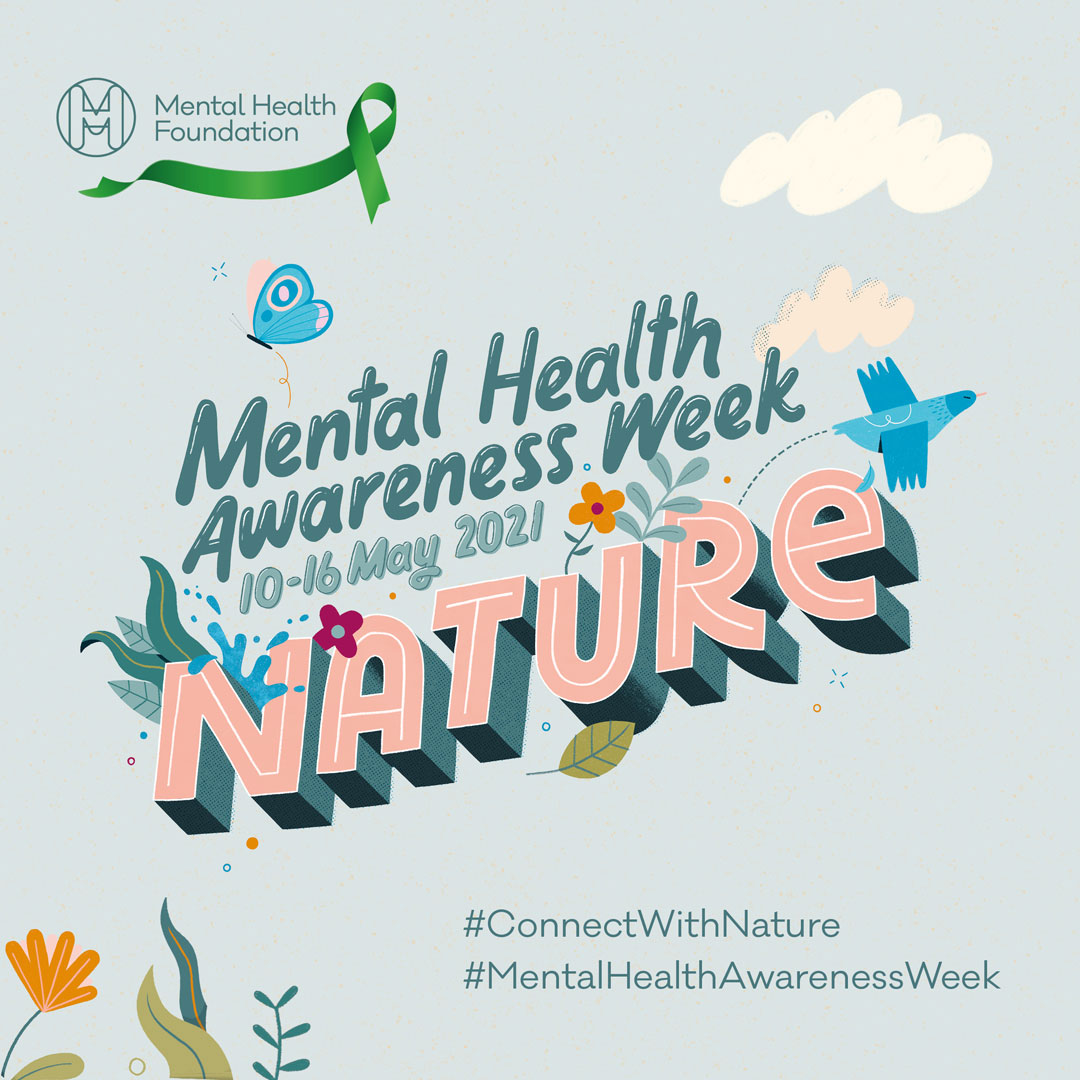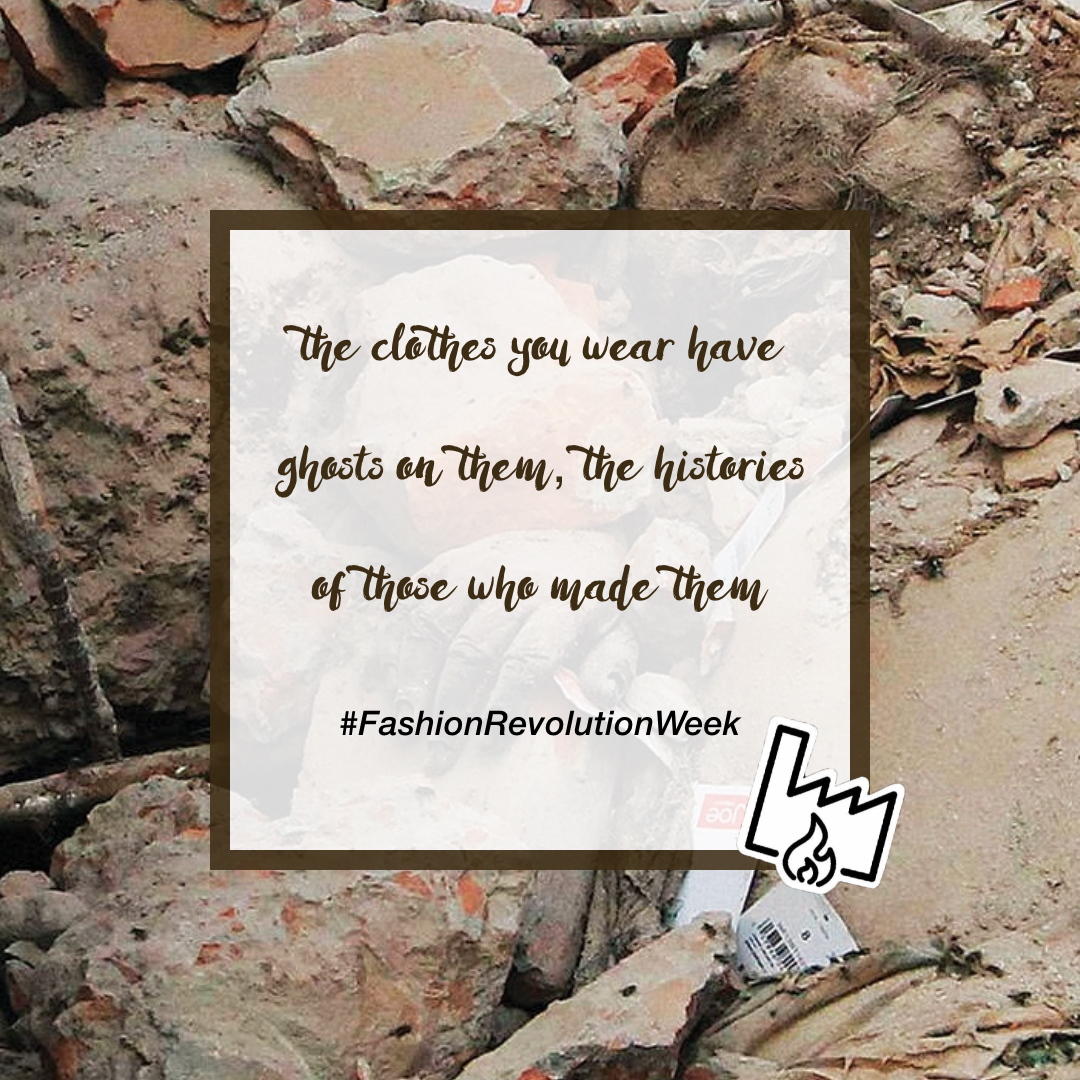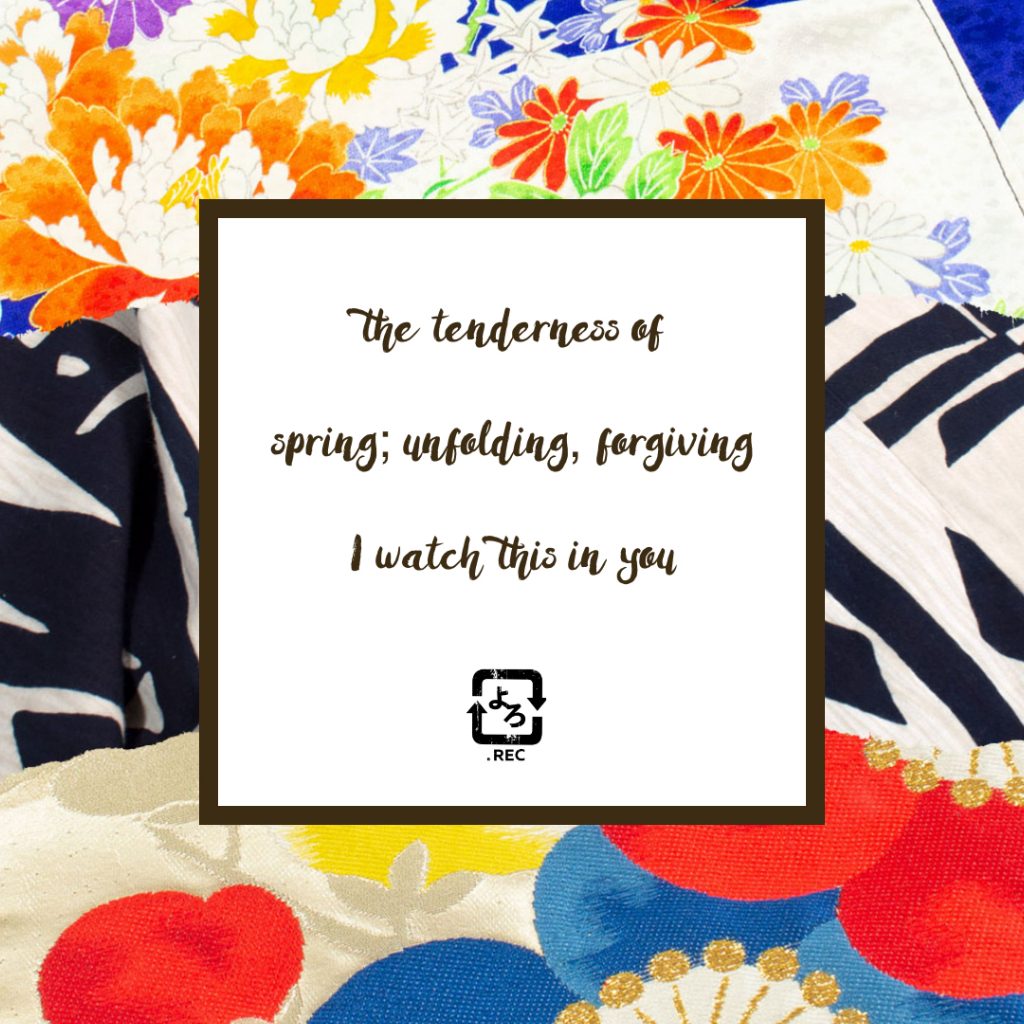
Mission Impossible?
We say absolutely not – if we focus our efforts on reframing how we produce, organise and eliminate excess waste from our current modes of production.
A circular economy is a framework that strives to eradicate waste by designing to reuse and reintroduce. It isn’t about individual responsibility, it is about building a collective understanding and awareness of a larger problem.
There are 3 Pillars to a circular economy:
- Eliminating waste and pollution by design
- Designing waste into recycling materials
- Regenerating natural systems
Think of a circle – observe how it is a loop and not a linear line. That is essentially how the economy should be designed to function. Materials are introduced, used, then recycled into their basic components to be re-introduced into production.

So, what does a circular economy look like in Fashion?
A garment is designed to be apparel, at the end of its life it is stripped down to its basic fabrics to be recycled into a bag. The bag at the end of its life will be further recycled into the soles of a shoe. When the shoe has reached the end of its life, where does it go? Back to the producers where the basic components will be reverted back to the original fibre where the process starts again.
Why all the hassle now?
The world went through what the New York Times described as the ‘Pandemic Decluttering’. Everyone was forced to look in and make room for work, leisure and breathing spaces all within our homes. This resulted in people excavating receipts, appliance boxes and clothes that have been untouched by last summer’s trend.
It’s become more clear now than ever that as creatures of habits we have some unpacking to do when it comes to making space for the current by repurposing and questioning the hoarded skeletons that have resided in our closets for decades and if they really need to be there.
We have finite resources, finite space in landfills and finite time in making efforts to revive the environment. The best step in the right direction is to consciously buy/mend and source with longevity in mind.
Reality check: We have ways before we make it to this much of an efficient arrangement as money, time and resources for this kind of operation are scarcely delegated with seriousness due to business competition. But in comparison to awareness 10 years ago, we have made huge steps as a whole in the right direction.
Too much to take in?
The mission is possible if we invest in systems that design an ongoing loop that feeds itself to avoid excessive waste. And that can start from simple daily habits like:
- Donate to thrift stores and charity shops
- Check the garment care labels on the garment and opt for materials that aren’t mixed with polyester.
- Get crafty with DIY mending – you can organise a mending group with your friends over tea, or hop onto apps like Sojo to find a tailor near you to ensure that something perfectly valuable isn’t discarded.
- Set your washing machine at low temperatures (30 degrees advised) to save energy.
What about personal responsibility?
Oftentimes, consumer responsibility is used as a marketing strategy to alleviate the responsibility of 20 companies who contribute to 55% of the world’s plastic waste. These companies are a collective of Chemical, Oil and Gas giants. But amidst the helplessness, there is still hope as people, (including you and us) have been working towards alternative ways of consuming, this can look like supporting local independent businesses. Or, upcycling, mending, recycling. As a population, there has been a steady movement in changing our relationship with buying and overconsuming.
The 4649.REC way:
Our approach to design around wastefulness is to REinvent the old by upcycling old kimonos sleeping in Japanese households for multiple generations. Emotional design is a driving principle for the clothes we make which have the purpose of finding a positive chord to REConnect a preloved item with a new owner who will continue their story. This is a way to design waste away as a form of REsurrecting through RECycling.


Our ethos is RECycle, REvive and REConnect stories within the items we have and give them a new journey to be continued to the next generation and beyond, and we invite you to be part of our journey. Browse through our designs to see how the life of reclaimed kimono fabric has been reimagined by us.

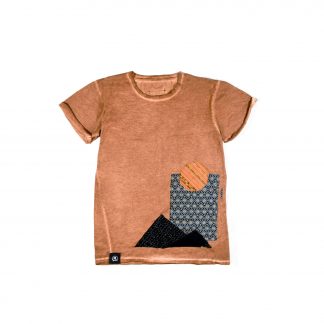
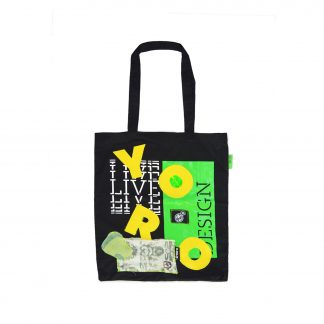




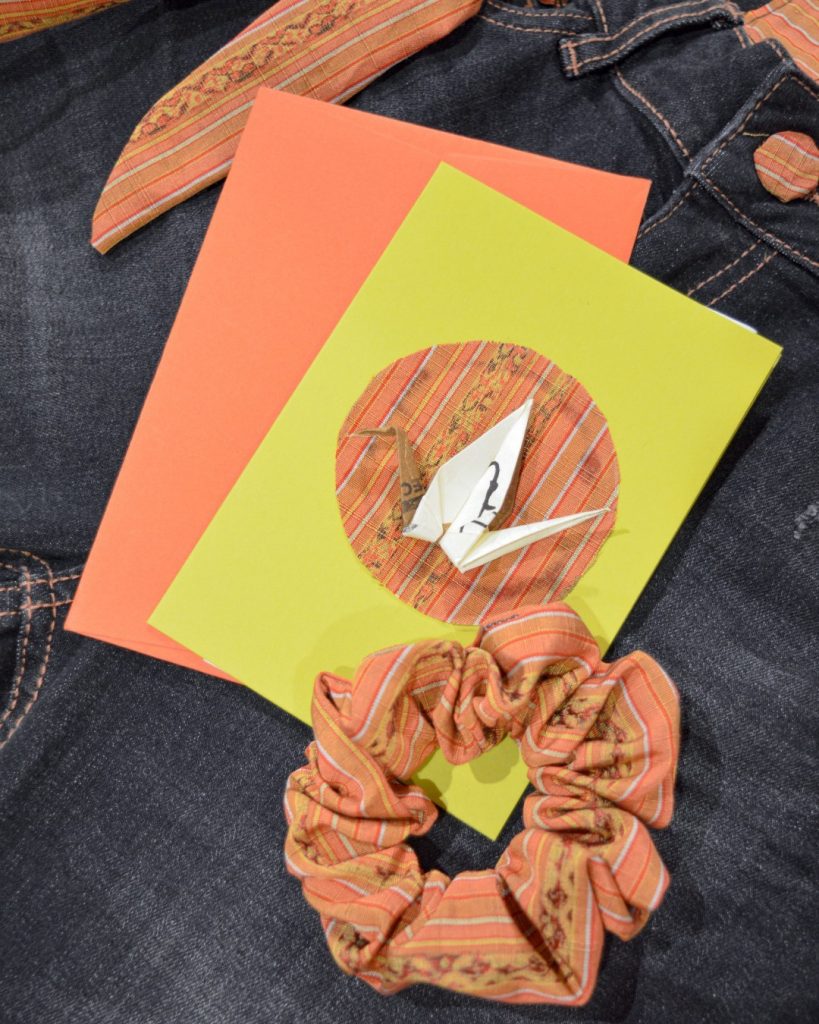
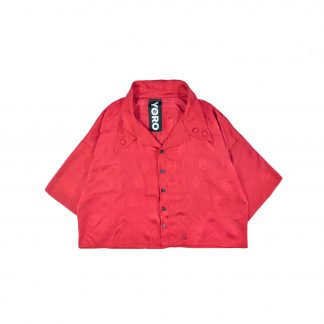




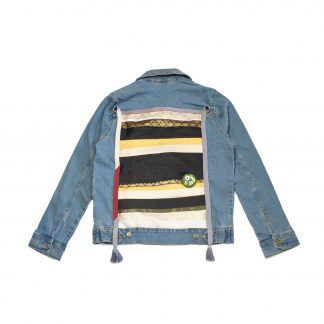
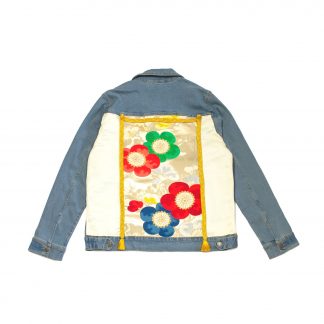
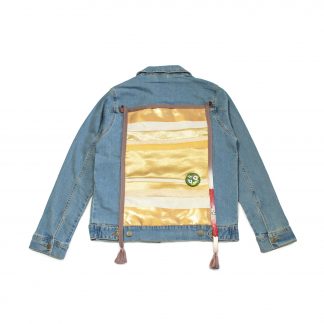


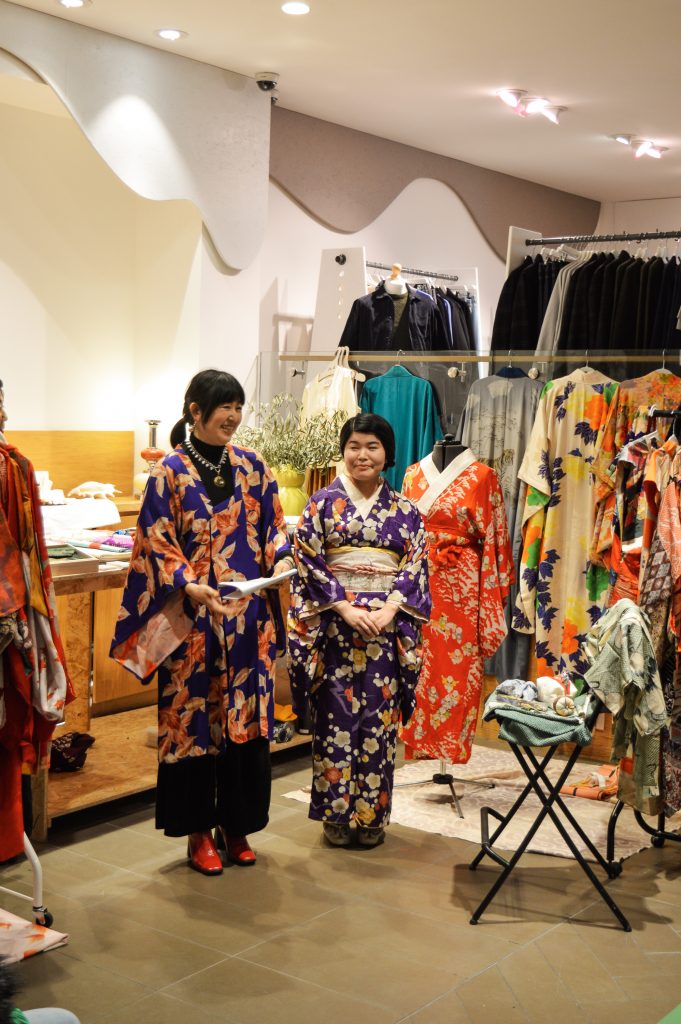






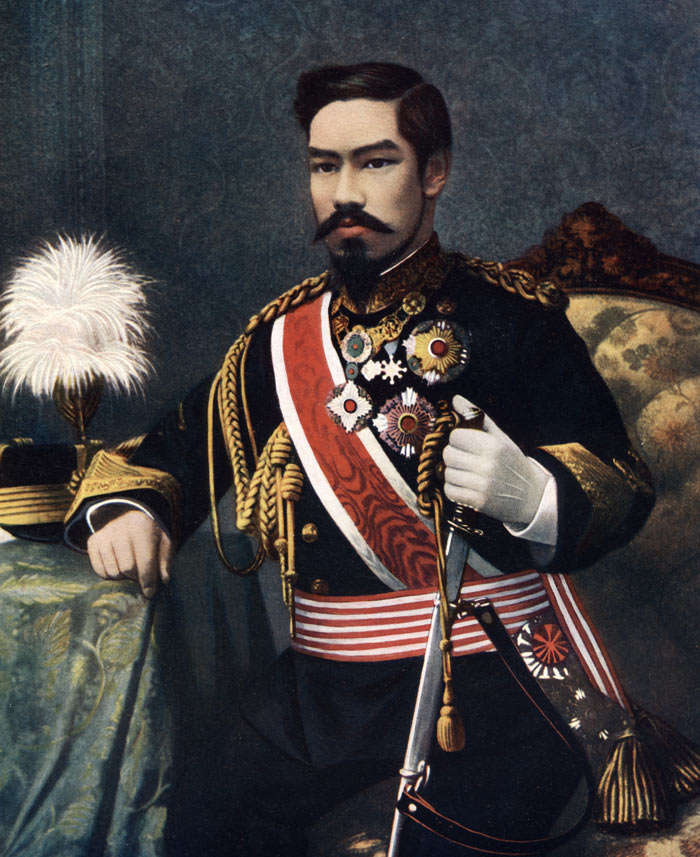


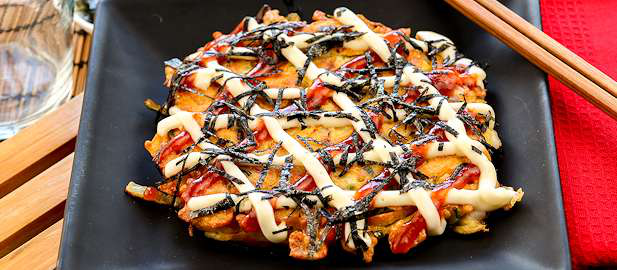



![[4649.REC x Kaori Yasumoto] Upcycled Denim Cap – “Gold Katana” Dark](https://yoroshiku4649.com/reconnect/wp-content/uploads/2021/07/0007_xkaori-cap_dark-2-324x324.jpg)
